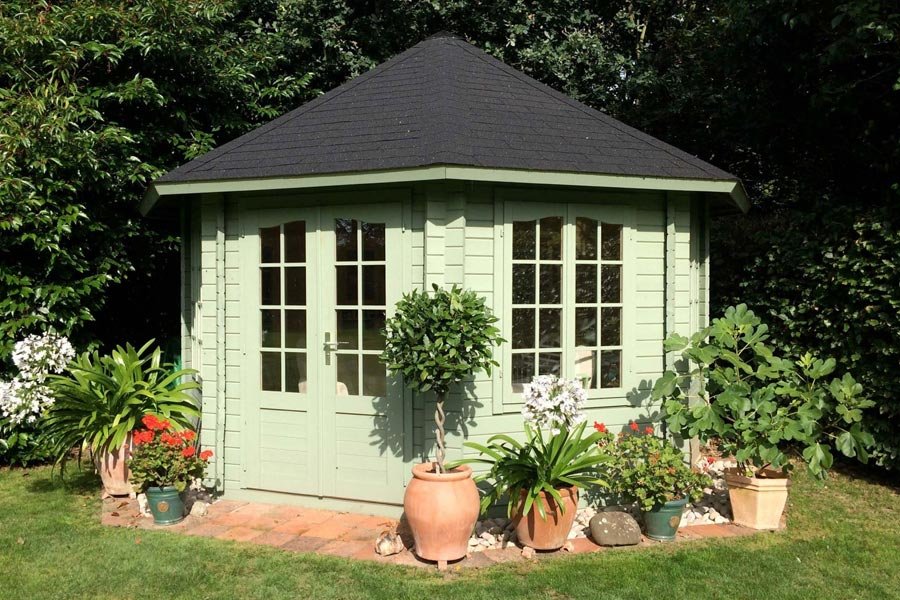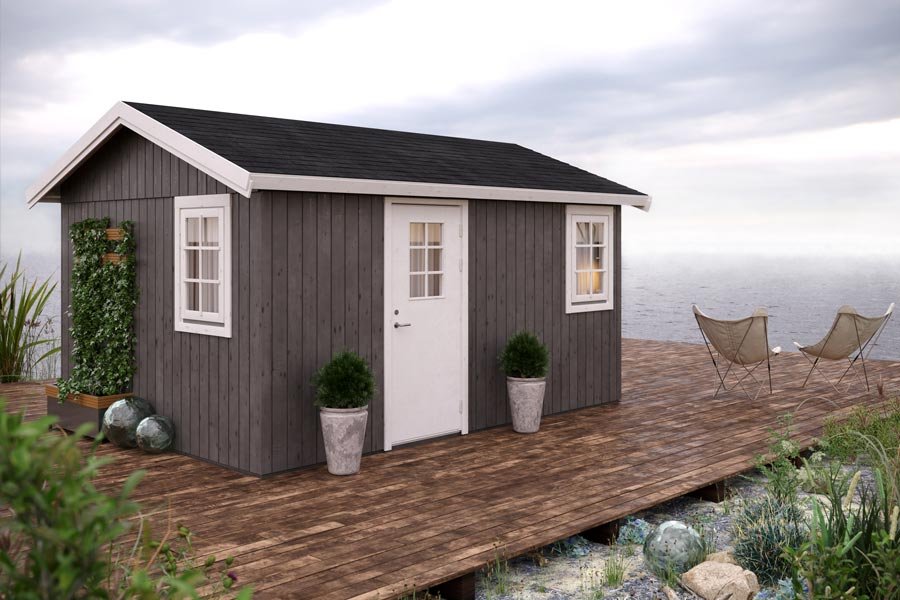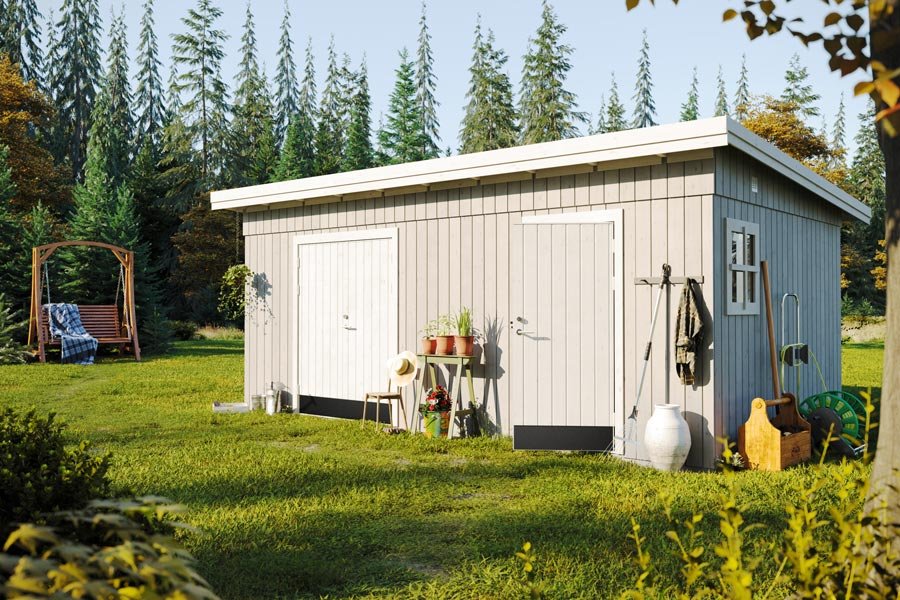
What could gardening in a changing climate mean? An end to spring frosts? Palm trees or eucalyptus in your back garden? A green roof on your home or garden building?
They’re just some of the possible effects or opportunities that climate change could bring to you and your garden, according to a new report from the Royal Horticultural Society, called “Gardening in a Changing Climate”. Other possible impacts could include year-round lawn mowing, an increase in weather ‘events’ such as flooding, and an influx of new pests.
Fortunately, the RHS report has ideas for mitigating and adapting to these less welcome consequences of climate change.
North, south, east and west: the new gardening zones
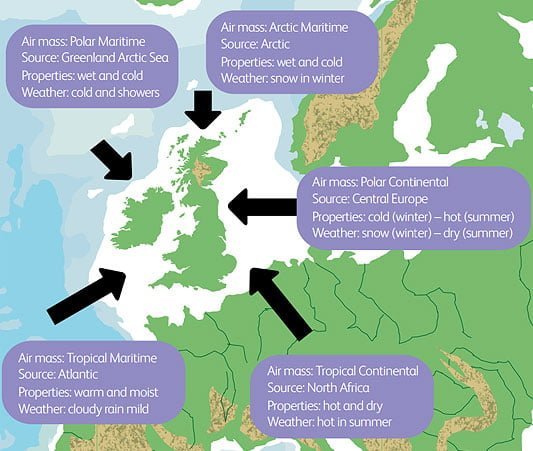
Exactly what new opportunities and risks you face from climate change depends on where you live. Those in the south and southeast of England will face generally hotter and drier conditions throughout the year, though with occasional heavy rain showers. Further north, the weather will be milder than at present, but also significantly wetter and windier. The west will also see higher rainfall and warmer weather.
So while those in the southeast will be pondering issues around water conservation, and new possibilities around plants suited to arid conditions, those in the north, and also the southwest, will more likely be concerned with managing excess water, through solutions such as green roofs (to minimise run-off) and raised beds (to prevent plants being waterlogged).
Given these new conditions, when it comes to climate change and gardening you may need to rethink some of your approaches to the different parts of your garden, wherever you live.
Climate change and garden lawns

Lawns and turf will be particularly vulnerable to dry spells on one the one hand and wet ones on the other. Milder temperatures and higher rainfall in the west will extend the growing season – hence mowing may become necessary year-round (though waterlogging may make this difficult). But in the drier east the struggle to keep grass green may become too much of a chore, and the perfect English sward may become a thing of the past.
The options include converting lawns to borders, raised beds, dry meadows, gravel gardens, or – if you still want to look out on an expanse of green – an artificial lawn. If the latter already seems an attractive alternative to year-round mowing or a parched dust patch, you can see a good selection of artificial lawns on the Homebase website.
Choosing plants for gardening in a changing climate
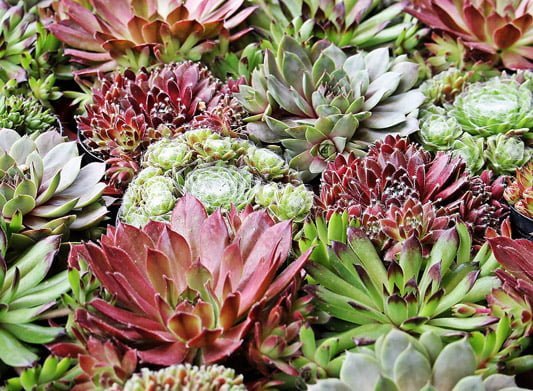
Changing conditions will obviously affect the plants that you can grow and how well they do. Some gardeners will need to find out about drought-friendly plants such as agaves or blanket flowers, and perhaps read the useful article about drought-resistant gardening on the RHS site.
Meanwhile, other gardeners will be best seeking out a different article, about gardening on wet soils, and to gen up on plants that flourish in very wet climates such as hostas.
In addition, plants such as clematis and buddleia that are robust at withstanding wind, rain and whatever else the weather throws at them will become even more beloved to British gardeners than they are now.
One other thing to consider with climate change and gardening is that warmer summers will create prime pest conditions and aid the spread of diseases. It might therefore be useful to look at long-term anti-insect and pest protection solutions, such as planting sunflowers to attract pest eating bugs. There are some good ideas along those lines on the Grow Veg website.
Trees ideal for climate change and gardening
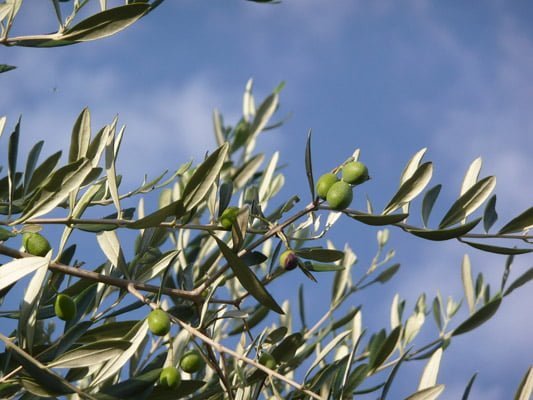
We’ve already mentioned the new opportunities here – from palms to olives to almonds – for those in the drier, hotter south and southeast.
But climate change may also bring more extreme winds, rainfall and other weather events, and warmer temperatures may up the requirements in terms of pruning. According to the RHS report, larger trees in wet soil are more vulnerable to wind-toppling, so smaller tree varieties will look more attractive. It may be time to start investigating the possibilities of small fruit trees or hardy softwood natives.
Gardening in a changing climate means that it is also worth thinking about trees that are able to withstand extremes of hot and cold temperature – the RHS report specifies spruce, Norway maple and Scots pine in this regard.
Do your bit for climate change in the garden
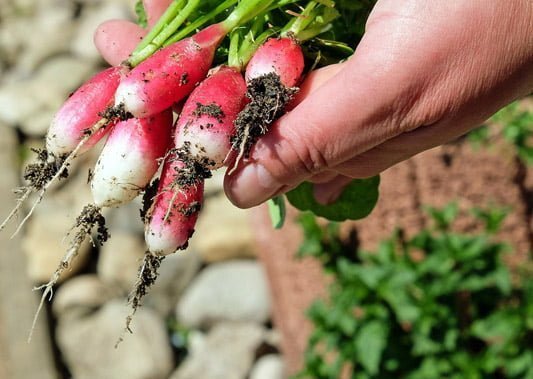
Most of us will probably have to adapt our garden plans in future, but we can also do our bit to mitigate climate change by making our gardens more eco-friendly right now.
Little things like using energy-efficient garden power tools and solar lighting; using peat-free compost; installing and using water butts, and avoiding pesticides and fertilisers with a high carbon count can all help to reduce any negative environmental impacts of your garden.
And if you’re thinking about garden design or some home improvements, bear in mind that green roofs and walls can reduce energy usage in homes and other buildings (not to mention providing food and shelter for native birds and insects), and planting trees and shrubs can help to lock up carbon from the atmosphere.
Converting concrete drives to gravel also reduces the chance of localised flooding as water can soak slowly through gravel instead of rushing straight into drains.
Growing your own fruit and veg helps too. A recent study showed that for every kilogram of vegetables you grow yourself, you could be reducing greenhouse gas emissions by as much as 2 kilograms (compared to buying from the supermarket).
For more tips on what climate change may do to your garden, how to adapt to it, and how to avoid your garden making it worse, you can read a summary of the RHS report.
If you want the full 80-page “gardening in a changing climate”, it’s available to download here.






